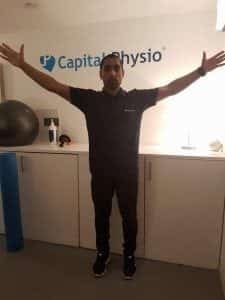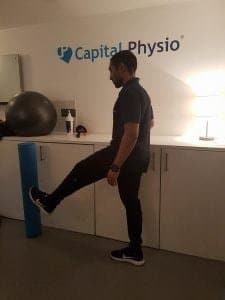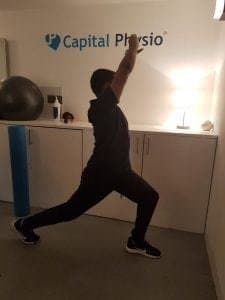Fitness and Performance
Dynamic stretches for runners
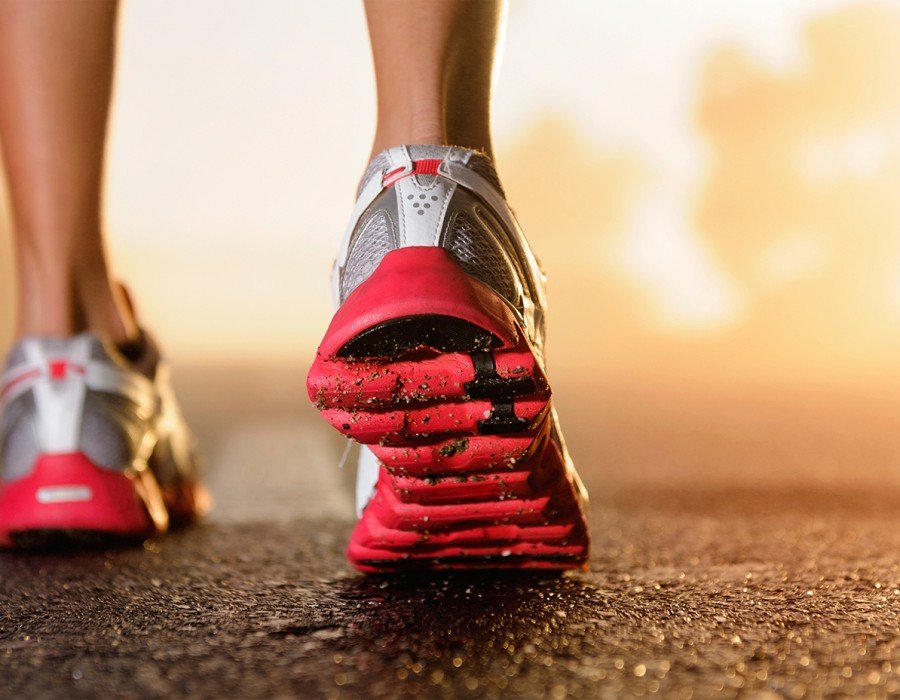
Dynamic stretching is an excellent way to prevent injuries and enhance performance. Dynamic stretches involve repetitively moving the muscles and joints through movements that mimic the sporting activity. It is typically executed as part of a warm-up.
Some benefits to dynamic stretching include:
- Increasing blood flow to specific muscles involved in activity and increased body temperature
- Activates nervous system by grooving movement patterns to create a mind/body connection
- Improves muscle activation, balance and co-ordination
- Improves joint range of motion over time
- Allows the body to prepare for higher demands of activity
There are several movement variations that involve the upper and lower body as part of a dynamic stretching programme. The following exercises are examples of dynamic stretches that can be done on the same spot:
-
Large arm circles – 5 – 10 reps with arms swinging forward. Repeat with arms swinging backwards.
-
Leg pendulum – 5 – 10 reps with leg swinging forwards to backwards. 5 – 10 reps with leg swinging side to side. Repeat on other leg.
-
Airplane to opposite knee hug – 5 – 10 reps each leg.
-
Jog on spot to quad stretch – 5 – 10 reps/leg alternating. Jog 2-3 seconds. Hold for 2-3 seconds.
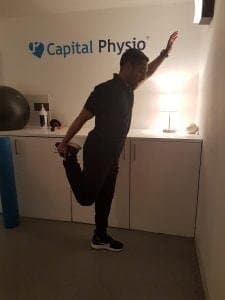
-
Lunge with overhead arm reach – 5 – 10 reps/side alternating. Hold stretch for 2-3 seconds.
These are just a few examples of dynamic stretches that can be incorporated as part of an effective warm-up programme. Depending on the nature of the activity, it is recommended to start the movements slowly while maintaining good form and focus.
Avoid aggressive stretching of muscles and progress gradually while maintaining normal breathing. Discontinue the stretch if you feel pain or discomfort and seek further evaluation.
Physiotherapists at Bodyset can assist you in developing an optimal dynamic stretching programme that suits the needs of your activity and performance-related goals.
Article written by Riyad Zuber, Senior Physiotherapist
